Aussie cattle farmers are battling the 5 Stages of Beef. Looks like meat’s back on the menu, boys…
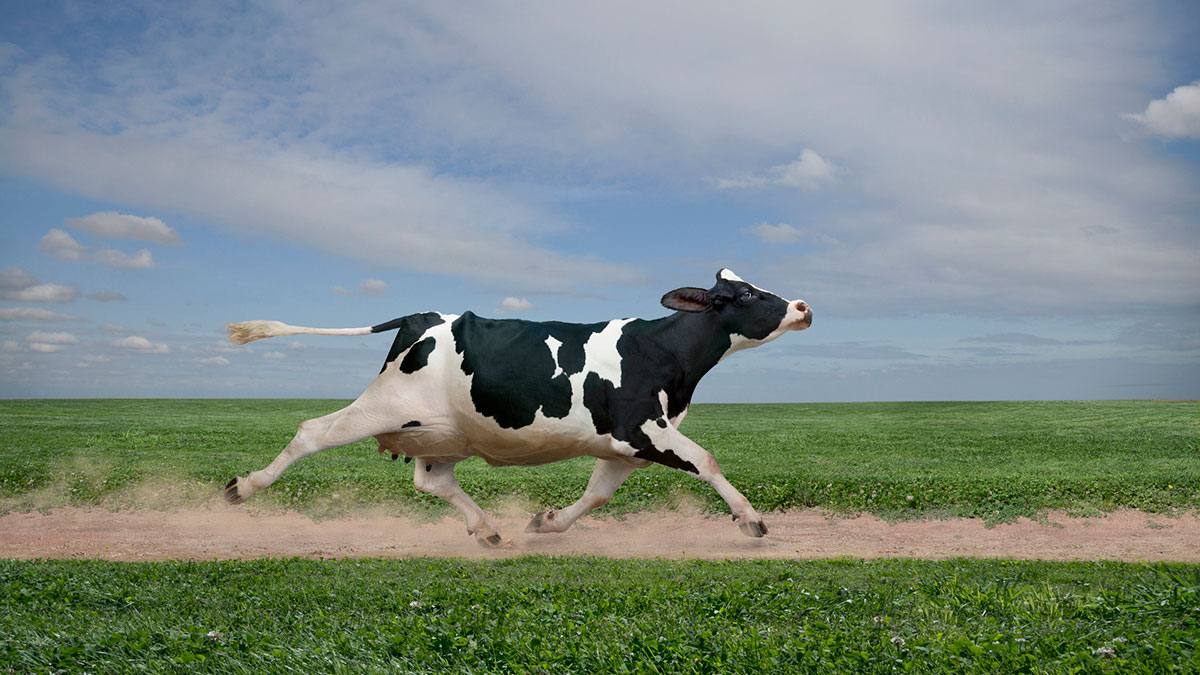
Aussie beef prices are in rapid decline. Pic via Getty Images.
- National cattle herd to hit highest level since 2014 – 28.7 million head
- Bad news for farmers, good news for steak-lovers
- Rump already being offered at steep discounts
Aussie beef growers have found themselves in a quandary. Or, if you prefer a more foodish analogy, a pickle.
After a string of harsh years battling drought, insane weather events and fickle overseas demand, the cow-pats aligned and our farmers hit the herd growth jackpot.
How many beasts are we talking about here? Meat & Livestock Australia (MLA) notes that the national cattle herd will reach its highest level since 2014, at 28.7 million head.
That is, clearly, an absurd number of animals, especially for someone like myself who holds no special love for bovines, on the basis that they are significantly larger than I am, and have a limited capacity to think for themselves.
Tipping the scales at anything up to about 700kg, they’re essentially leather-clad self-driving food trucks, packed with poorly-coded decision-making software, making an out of control cow a nightmare on its own, let alone when there’s 28.7 million of them.
Which is why I, like many Australians, much prefer to interact with these animals well after they’re dead – despite how much it’s been hurting the hip pocket when we go diving into the meat section at Coles in search of a protein-packed dinner.
Prices for beef have been a little on the high side in recent years. Poor farming conditions, global pandemic, lazy cows and opportunistic retailers have combined to make putting a porterhouse on your plate almost out of reach.
However, that’s likely to change, according to an alarming (for farmers) report by Jon Condon at my new favourite website, Beef Central, which says – if you’ll pardon the pun – that the arse has fallen out of the rump market.
It’s also quite grim for the rest of the beast as well
Domestic beef prices are plummeting, for reasons both seasonal (which is expected) and market-related (which is not, hence there’s a problem).
Speaking to Condon for Beef Central, an un-named (assume trustworthy) source from deep inside Australia’s meat market says there’s simply “too much meat in the system for the domestic market to absorb.”
If you’ve ever had too much meat in your system to absorb, then you’ll know the kind of crippling pain that beef growers are doing their best to come to grips with.
Prices are hitting several-year lows for even the best cuts of beef around Australia, and farmers are experiencing The 5 Stages of Beef – a concept anyone who’s ever been on the receiving end of terrible pop-psychology grief counselling with almost certainly recognise straight away.
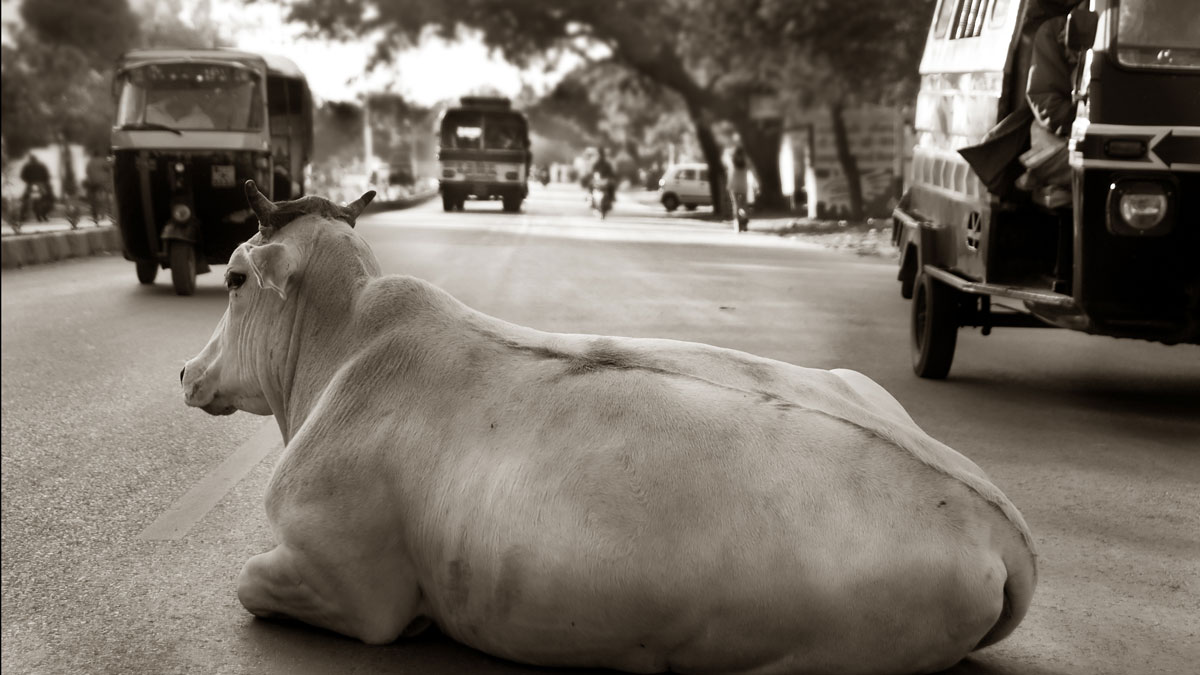
Stage 1: Denial.
“Everything’s fine, exports are on track, that’s why it’s expensive, now give me your money”
You don’t need to have spent much time in your butcher’s presence recently to know that the past few years have seen prices for decent cuts of meat hitting completely indecent levels.
In some instances, we’re talking “taking out a third mortgage to cover the cost of having some mates round for a steak” quantities of cash.
My local butcher (his name’s Terry, he’s a lovely bloke, and I’m pretty sure I’ve paid off his Porsche on my own, or at least his COW LUV vanity plates), like many meat retailers, has been making the most of a tight market for years.
Huge quantities of Australian beef don’t see another pair of Aussie hands past the meat-packing phase, as overseas markets have grown to appreciate the quality of meat that our nation produces.
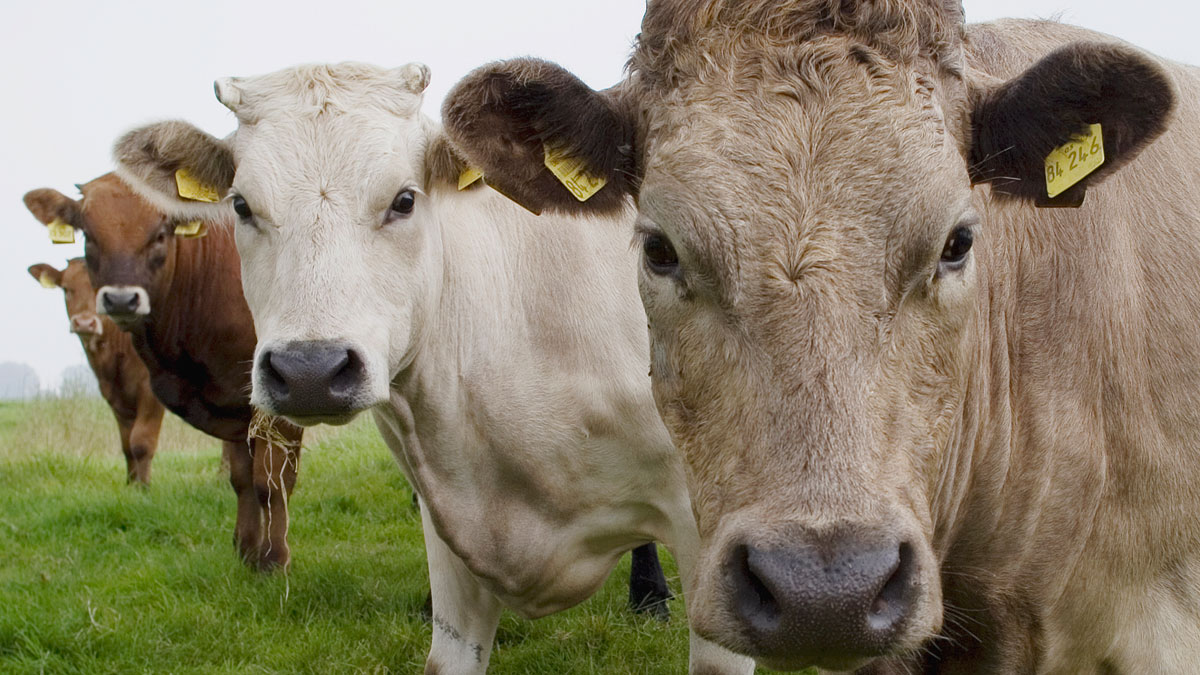
Stage 2: Anger.
“We are not price gouging! this is fair market value… in fact, we’re putting prices up!”
Beef prices – along with everything else in life – have been rising for the past 10 years.
According to a handy widget on Meat and Livestock Australia’s website, 10 years ago (almost to the day), the average retail price for beef was a relatively affordable $15.50 a kilo.
At the end of last year, that average cost had hit $24.87 per kilo, a climb of more than 46.4%.
In the three months to March this year, it skyrocketed to $26.76 a kilo – a 7.3% jump, to a level that had even the most hardened of gristle-chewers grumbling deep into their whiskers to bitch about how costly meat had become.
Importantly, these are “average” numbers, covering all manner of grades of beef – and they’re proper retail prices, not the ridiculous “gold-plated tomahawk steak” prices that culinary charlatans serve to hedge fund/real estate bros out trying to impress their mates.
Last year, Forbes found a 1.6kg bone-in tomahawk selling for $875. That’s $546 per kilo by the time it’s on your plate.
Yes, it was gold-plated – but you can buy that edible gold leaf garbage for $3.60 a sheet these days, so it’s only real value is helping diners look like Hollywood pimps when it gets stuck in their teeth at the end of the meal.
But, I digress… because the focus is retail, and from the more popular “premium” cuts, like $50/kg scotch fillets, to your bargain basement Gravy Beef (which needs 6 hours in a slow cooker to start approaching edible status), prices were high.
High enough, in fact, to drive many consumers away from beef altogether on the basis of cost alone.
“Low head count, high international demand” was the mantra – but now that the mantra is looking reversed, things for producers and consumers alike are about to change.

Stage 3: Bargaining.
“What if we lower the prices? Will you come back and start eating steak again? Please?”
Prayer is the refuge of a quietly desperate man, and that often takes the form of equally desperate pleas to the gods that something – anything – will change what’s been going on.
And it’s on the precipice of an outbreak of bargaining and pleading that the Australian beef industry is facing.
That 28.7 million head of cattle figure I mentioned earlier? It’s part of the reason why retail beef prices are tumbling hard.
Another reason prices for steak are falling is because it’s winter time, which traditionally sees Aussies forgoing the rump steaks on the barbie, in favour of a far more weather-resistant roast.
And the third leg of the unholy Beefpocalypse trinity is that international markets are literally awash with way, waaaay too much meat.
Once again looking at rump as our example, Beef Central reports that retailers are falling over themselves to move stock at the moment.
Woolworths is plugging rump steak at $17.50/kg (down from $19.60 two weeks prior), and Coles was similarly offloading rump at a steep discount.
Coles sells its rump in 832g packages, which it’s selling for a flat $19.97 for a claimed saving of $4.99 a pack. At the discount price, that’s $24/kg – pre-discount, it was $30/kg.
I have no idea why Coles chose the 832g package size – it doesn’t equate to a round quantity of any modern unit of measurement I can think of, including the obvious one: ounces.
So please don’t write to me telling me I’m an idiot – I already checked to see if it does (it does not), and I already know I’m an idiot.
Any way you slice it, though, falling retail prices will mean falling wholesale prices, as the retailers push back on wholesale demand, and that will make beef growers sad.
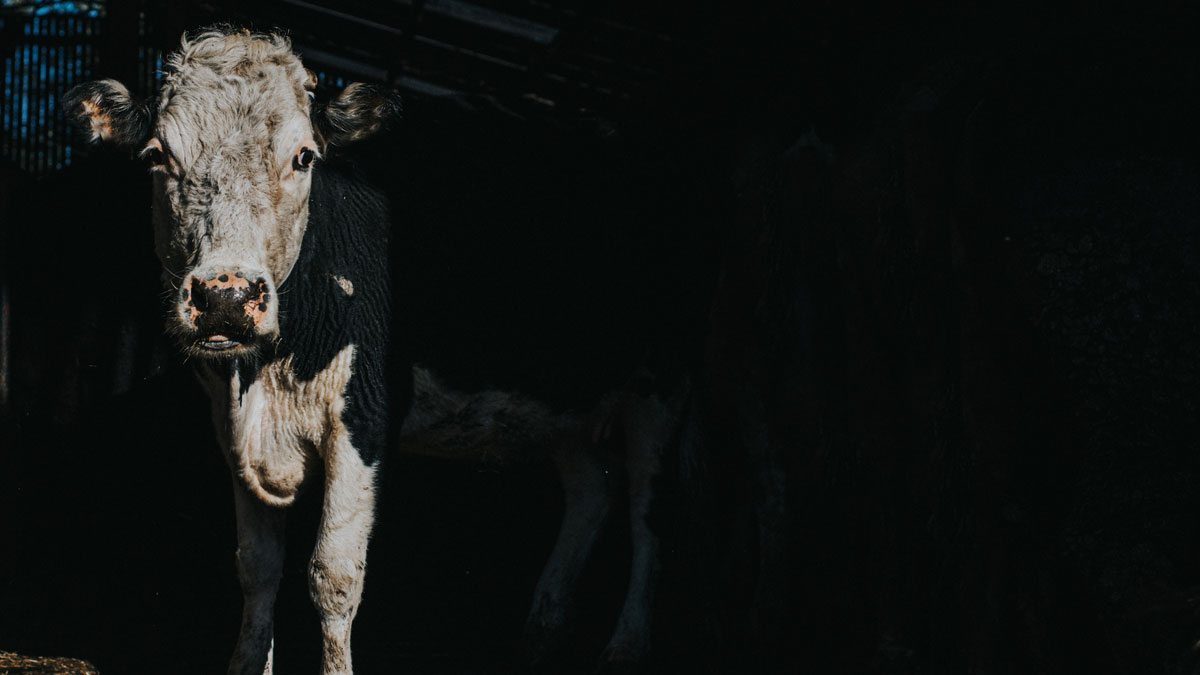
Stage 4: Depression
“Cattle market depressed by sagging exports, floor drops out of beef prices, farmers have even more to be justifiably unhappy about”
Being a farmer is bloody hard work, and growing beef cattle requires skill, knowledge, an agreeable environment and several harvests’ worth of good luck.
That’s because cows are stupidly large, and thus take ridiculous amounts of time to grow – and the longer it takes a farmer to get their animals from seed to wholesale slaughter, the worse the return on investment is likely to be.
Couple that with hugely influential retailers, who can (and frequently do) leverage their market dominating muscle to squeeze every last droplet of value from the pockets of primary producers, and you can see where the problems ahead are starting to lie.
Well, problems for farmers.
It’s something that lies at the heart of Australia’s dirtiest open secret – life on the land in this country is not for everyone, and even the hardiest of souls in that world are struggling to survive (financially, and in terms of mental health).
But in one way, beef growers are becoming a victim of their own success – that 28.7 million head national herd didn’t parachute in from Guam. The growers made very reasonable hay while the sun was shining – but now there’s just too much of the product for the market to bear.
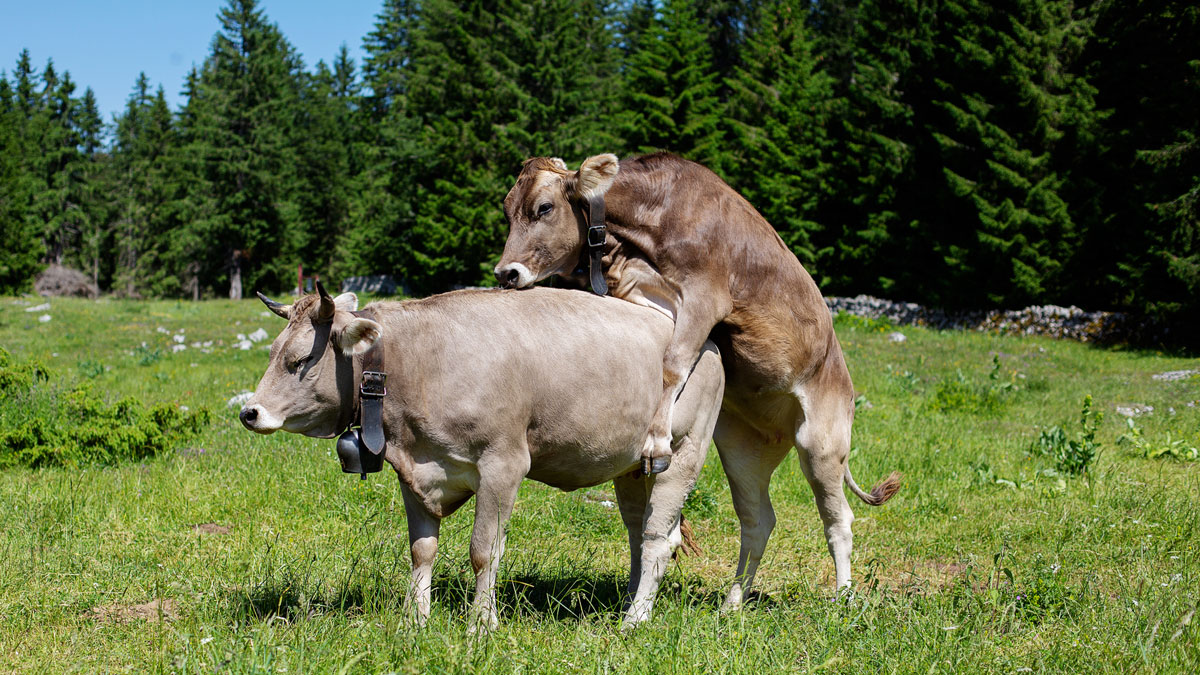
Stage 5: Acceptance
“Retailers buckle to consumer pressure, Rump Steak falls below $9 a kilo, and Aussies stop existing on chicken and 2 minute noodles.”
This is, whether you like it or not, where this whole thing is likely to land – simply because there’s nowhere else for it to go.
There are literally boat-loads of beef sitting off the coasts of our biggest export markets, because wholesalers and retailers there haven’t got enough beef-hungry bellies to fill.
With the boats parked up 10-deep off the coastline of China, there’s no sense at all in sending more boats after them – so the growers have little choice but to start accepting lower prices at market.
The plus side of this equation is for Australian consumers, because if the price-dropping we’ve seen in recent weeks continues, beef will be outrageously cheap by the time we’re all hauling our barbies out of the shed to ruin some nice cuts of meat when we’re distracted by the cricket.
Since that’s the most likely outcome, consumers have a big job ahead of them: when market-driven “high price for low quantity” fails, the next option for making enough cash to stay afloat is high quantity sales at the market’s low prices.
So we’ll all need to step up to the hotplate, and down as many steaks as we can… get in while the going’s good, to make sure there’ll still be beefy Aussie beasts being produced for generations to come.
UNLOCK INSIGHTS
Discover the untold stories of emerging ASX stocks.
Daily news and expert analysis, it's free to subscribe.
By proceeding, you confirm you understand that we handle personal information in accordance with our Privacy Policy.








